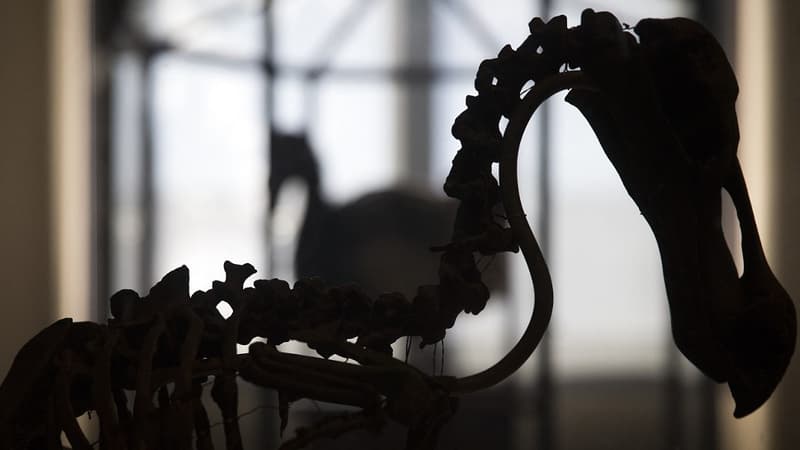It is the symbol of the extinction of the species. Today, scientists want to revive the dodo, this amusing large flightless bird, which disappeared at the end of the 17th century.
The dodo lived in particular in Mauritius, in the Indian Ocean, isolated from any predator, which explains why it did not need to fly. When the Europeans arrived, the dodo showed no fear of humans, making it easy prey for hunting.
In addition, humans also brought with them other animals such as dogs, cats or rats, which accelerated the disappearance of this species, which became extinct in just a few decades.
mix dna
A team from the start-up Colossal Biosciences intends to resurrect it by sequencing its genome. Beth Shapiro, a professor at the University of California, tells CNN this step is already a success, thanks to extracts of genetic material taken from dodo remains in Denmark.
The next step is to compare this genetic information with that of surviving dodo-like birds, particularly in the pigeon family. The idea is then to mix the two DNA.
The approach involves removing the primordial germ cells from an egg, growing them in the laboratory, and engineering the cells with the desired genetic traits before injecting them again into an egg at the same stage of development, Beth Shapiro explained.
Protect other endangered bird species
According to the Colossal Biosciences team, these techniques used could allow scientists to move specific genetic traits between bird species to protect them as habitats shrink and the climate warms. They hope the project will pave the way for new bird conservation techniques.
“Clearly we’re in the middle of an extinction crisis. And it’s our responsibility to tell stories and get people excited in a way that makes them think about the crisis that’s happening right now,” Beth Shapiro said.
In addition, the researchers not only want to revive a dodo, but to bring it back to life to the end with “rewilding”, that is, reintroducing the species into its natural habitat.
69% of wildlife has disappeared since 1970
However, even if the team is successful, they won’t make an exact copy of the dodo that lived four centuries ago, but rather a modified hybrid form. The Colossal Biosciences company had already been in the news a few months ago, announcing the launch of work to revive the mammoth, but also the Tasmanian wolf.
However, the project raises criticism. Some experts say the huge sums of money at stake could be better spent protecting the nearly 400 species of birds, as well as many other animals and plants, currently threatened with extinction.
“Why bother trying to save something that’s long gone, when there are so many things that desperately need help right now?” Julian Hume, a paleontologist who studies the dodo at the Museum, told CNN. of Natural History of London.
In its 2022 report, the World Wide Fund for Nature (WWF) reports a 69% decline in populations of monitored vertebrate species between 1970 and 2018.
Source: BFM TV


